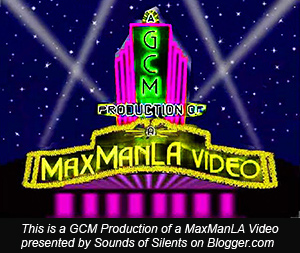The Ten Commandments (1923)
Cecil B. DeMille's epic silent masterpiece revitalized with synchronized symphonic music, digital image enhancement, original title cards reproduction and a new opening titles sequence.
The Ten Commandments added a new, key ingredient to the DeMille film formula: religion. As his niece, Agnes de Mille, said, the pairing of lurid sexuality with extreme religious fervor proved "unbeatable as a combo." The formula never failed him. For the rest of his career, his biggest hits contained this magic mixture of sex and God: The King of Kings (1927), The Sign of the Cross (1932), Samson and Delilah (1949) and the remake of The Ten Commandments (1956).
Unlike the remake, the 1923 film has two parts: the Prologue, depicting the Biblical tale of the Israelites' exodus from Egypt, and the Story, a 1920's melodrama about two brothers, one good and one bad. Much derided by viewers today, the film's modern story catered to audience preferences of the time--costume pictures were generally not popular with a movie-going public increasingly enthralled by the "roaring" jazz age. Thus, after Moses, Pharaoh and the wrath of God, audiences were treated to flappers, vamps and the vices of capitalism.
So prepare to be dazzled and delighted, as Sounds of Silents presents a GCM Production of a MaxManLA Video: THE TEN COMMANDMENTS (1923), with synchronized symphonic music, digital image enhancement, original title cards reproduction and a new opening titles sequence.
The link below offers FREE online viewing and several FREE downloading options.
VIDEO-THE TEN COMMANDMENTS (1923) SYNCED SYMPHONIC MUSIC












No comments:
Post a Comment